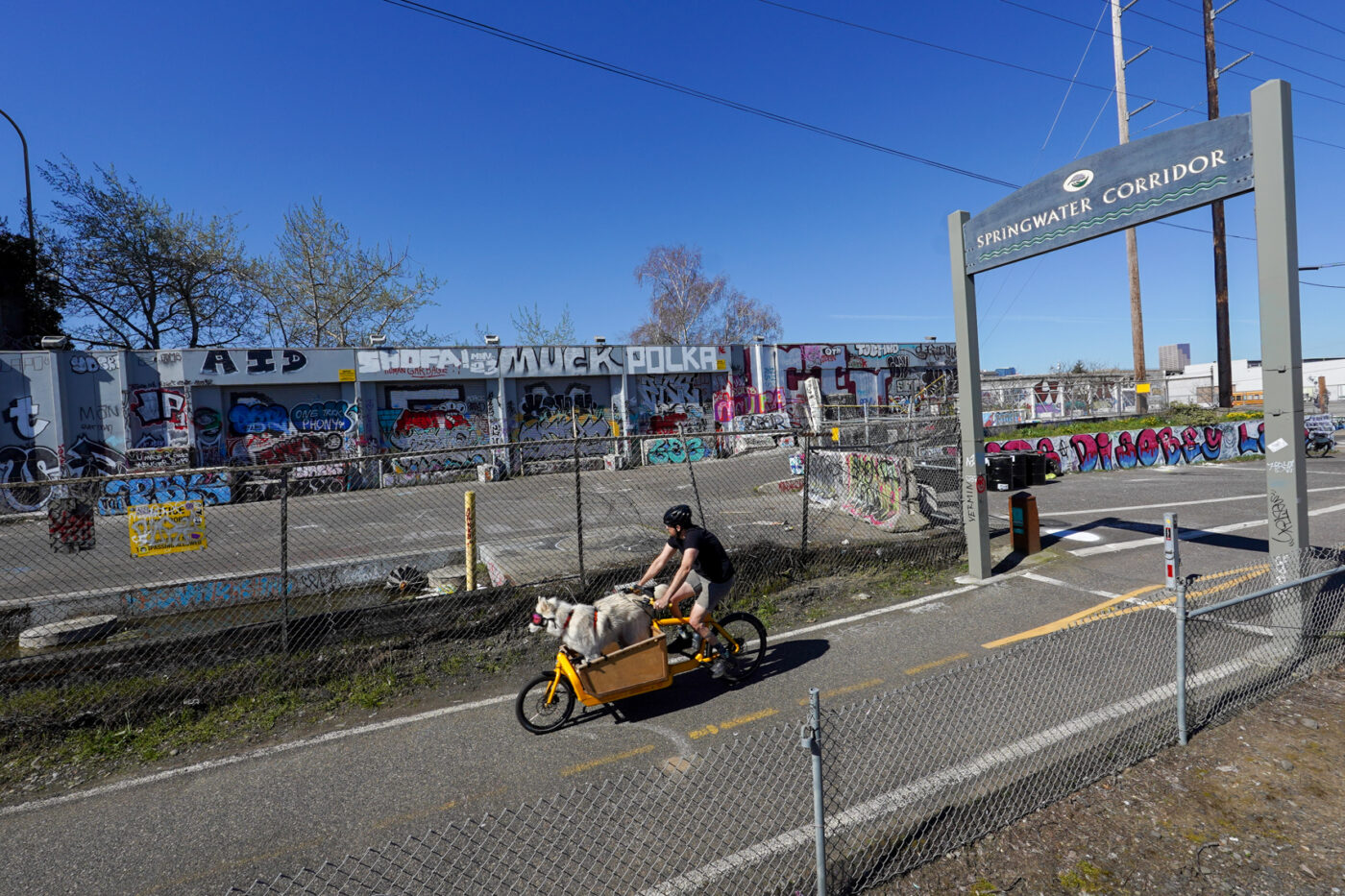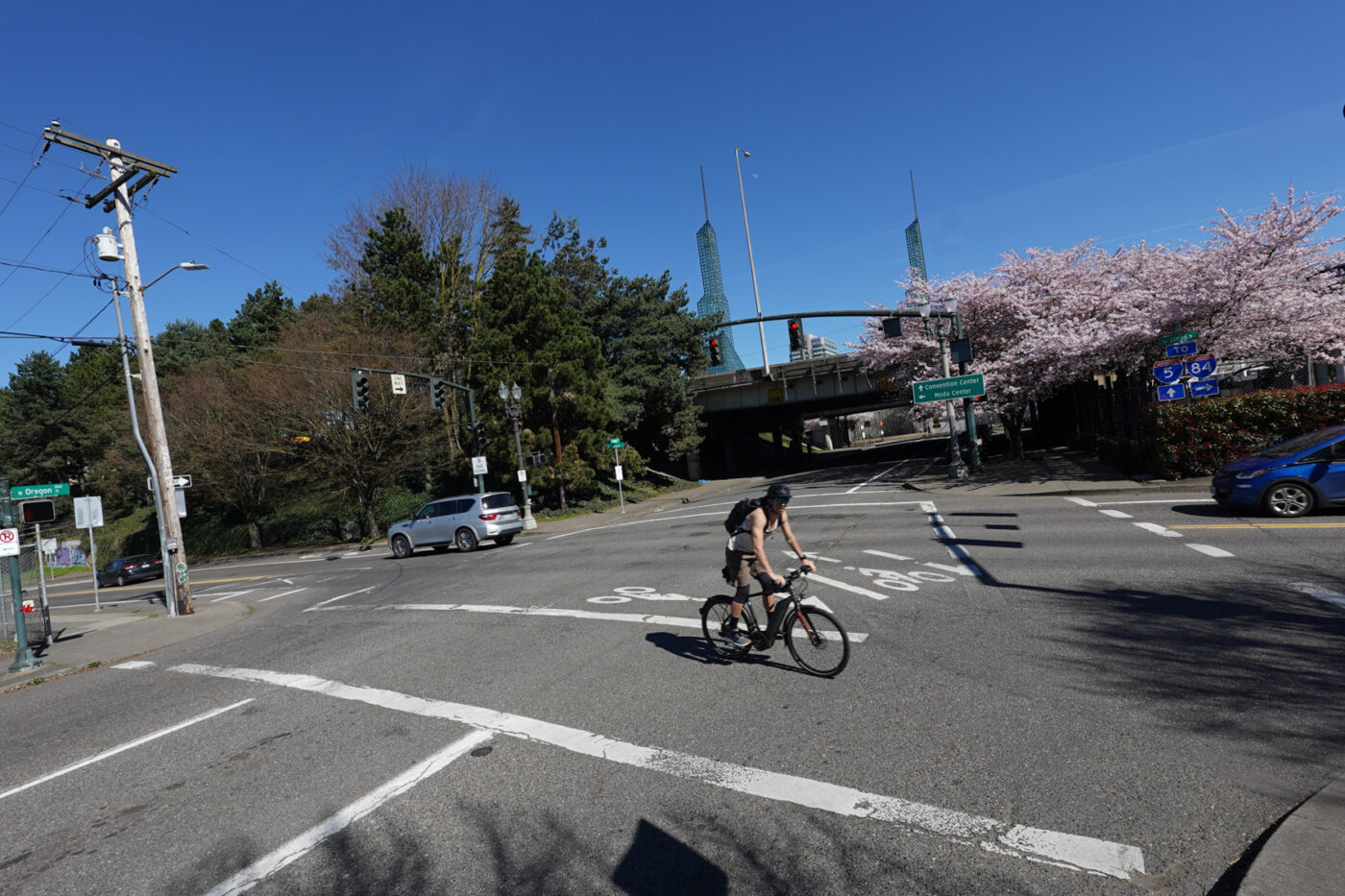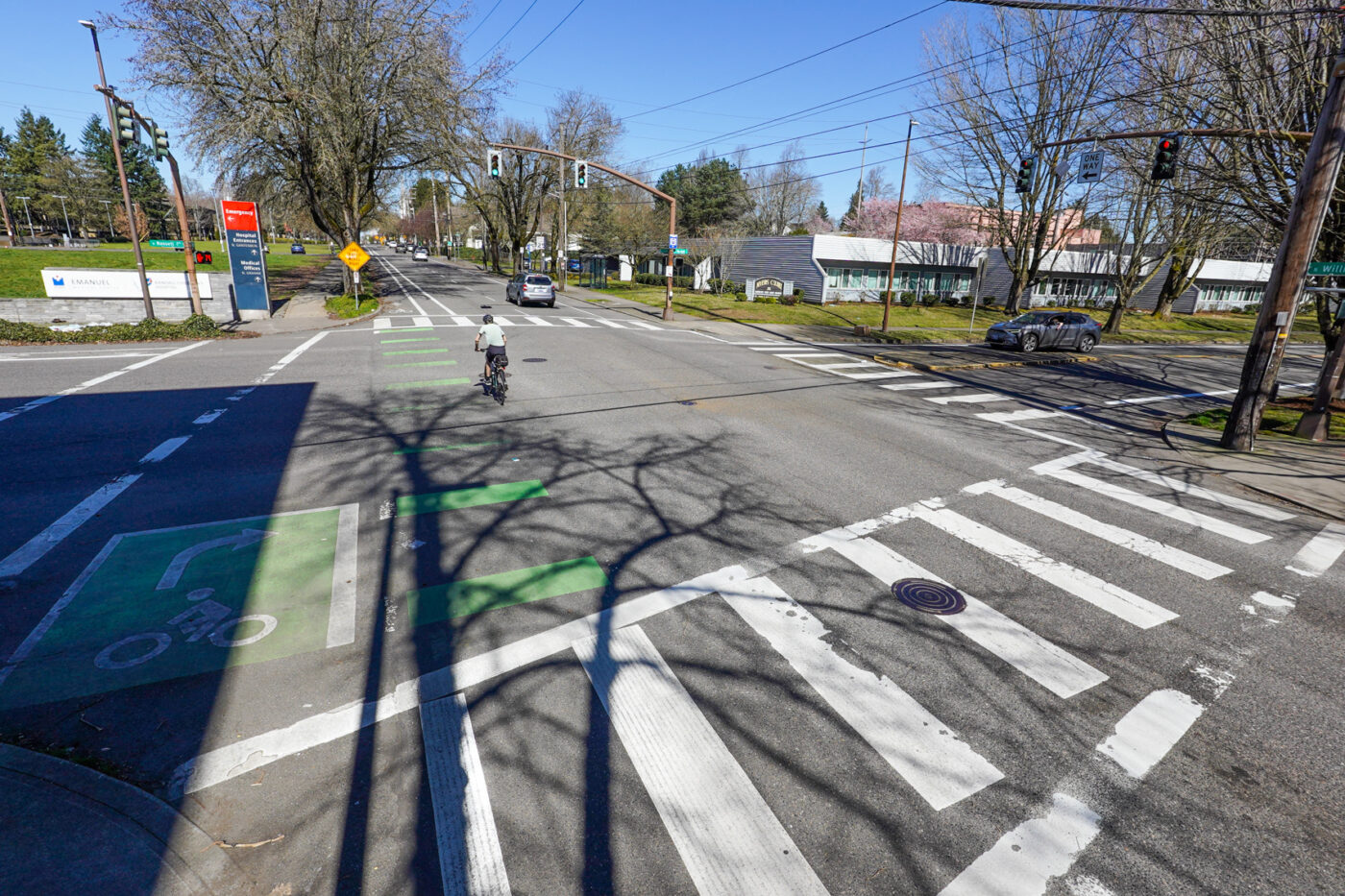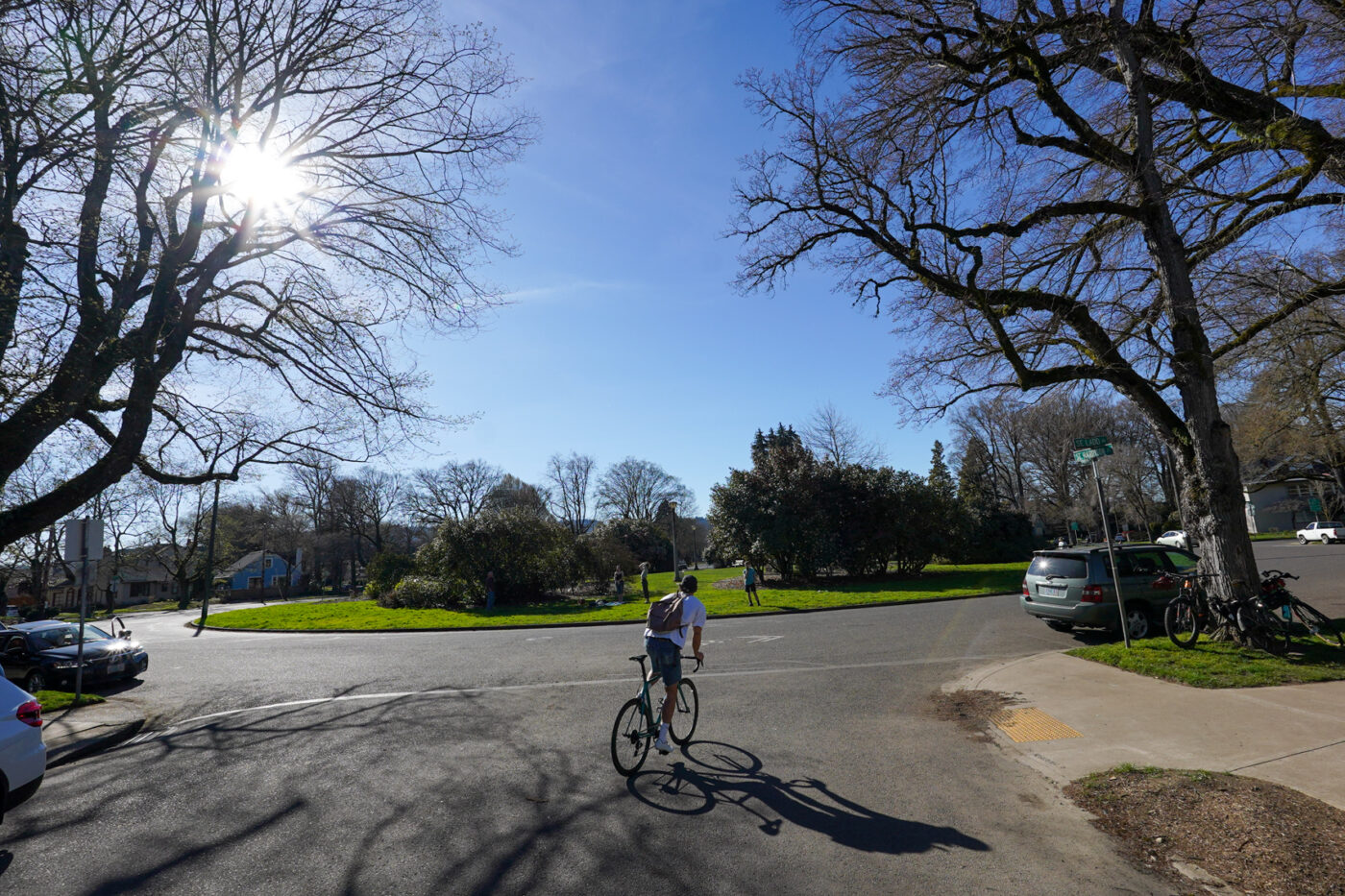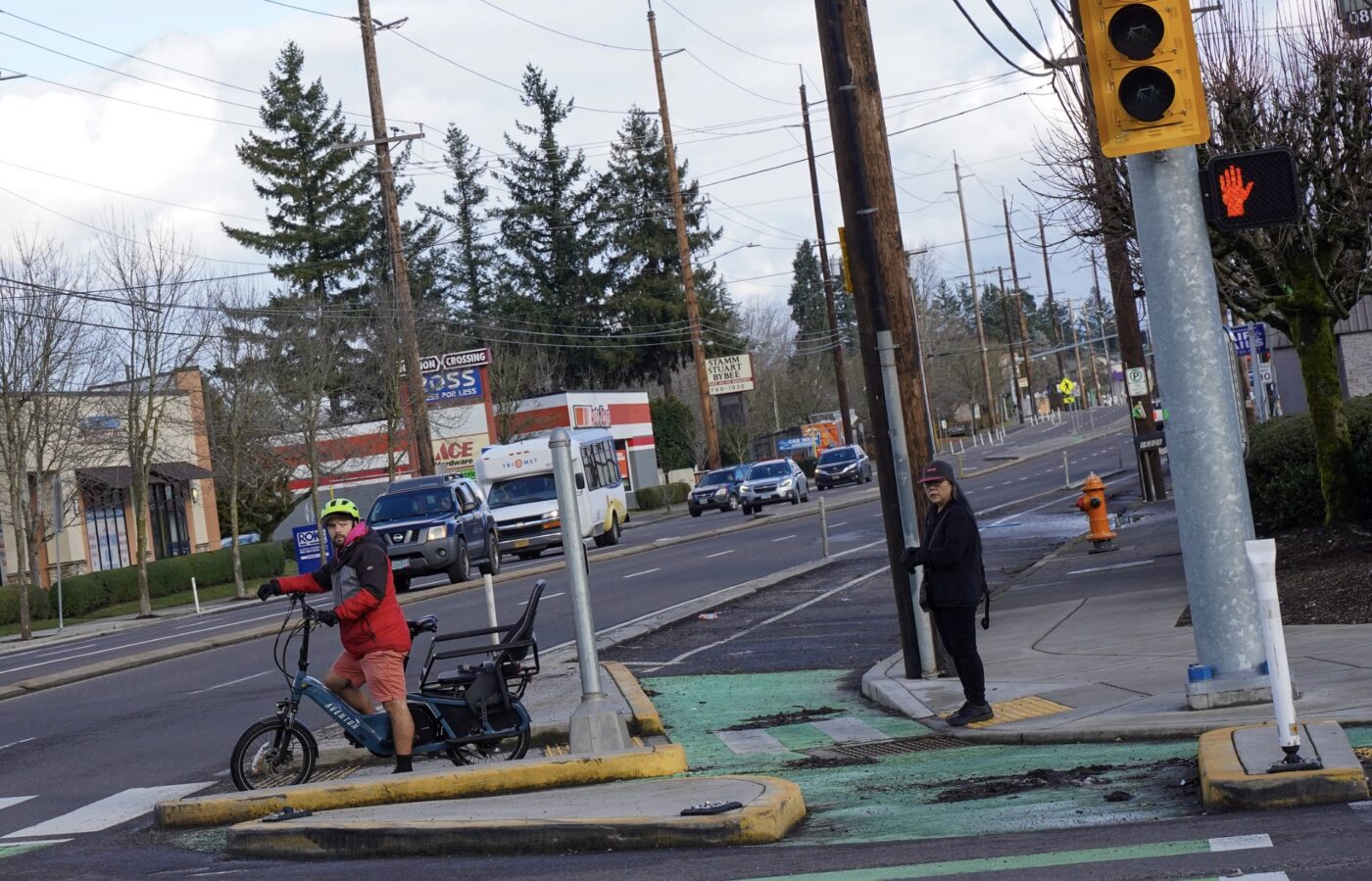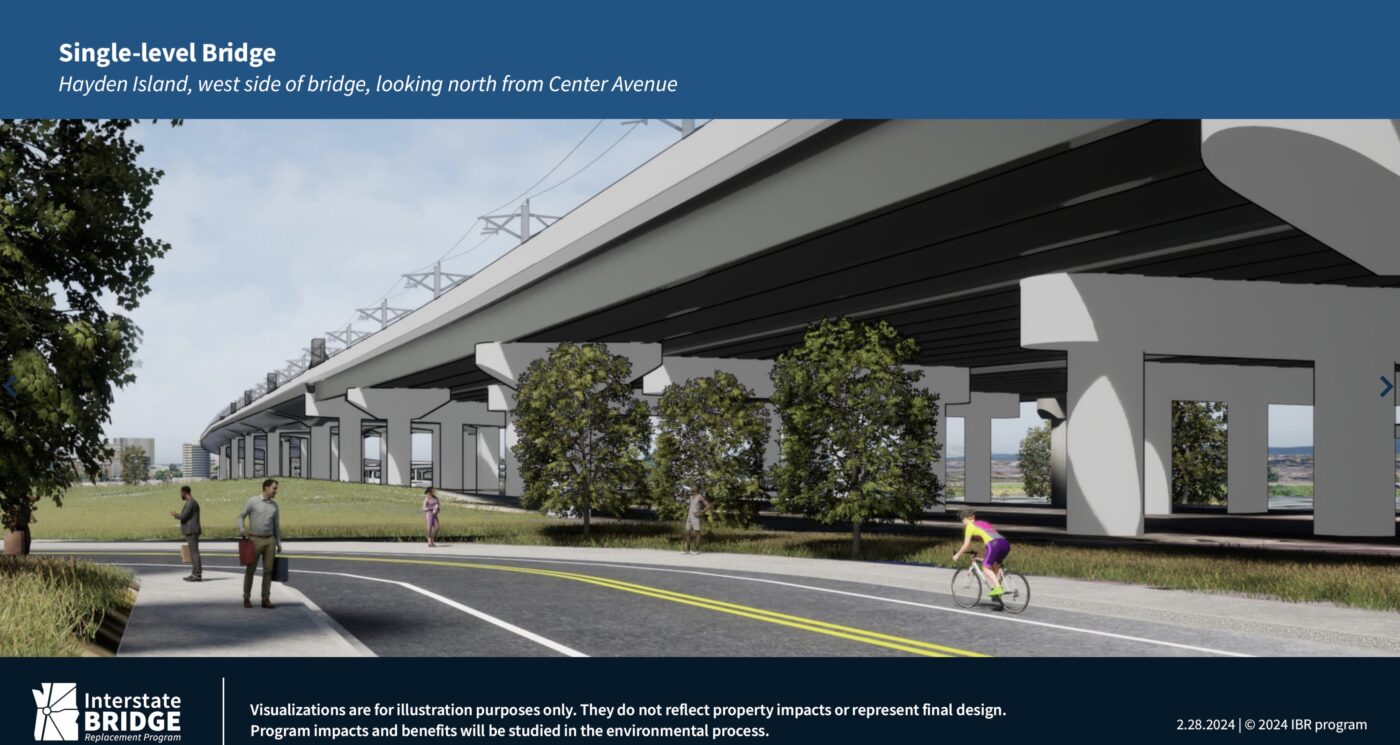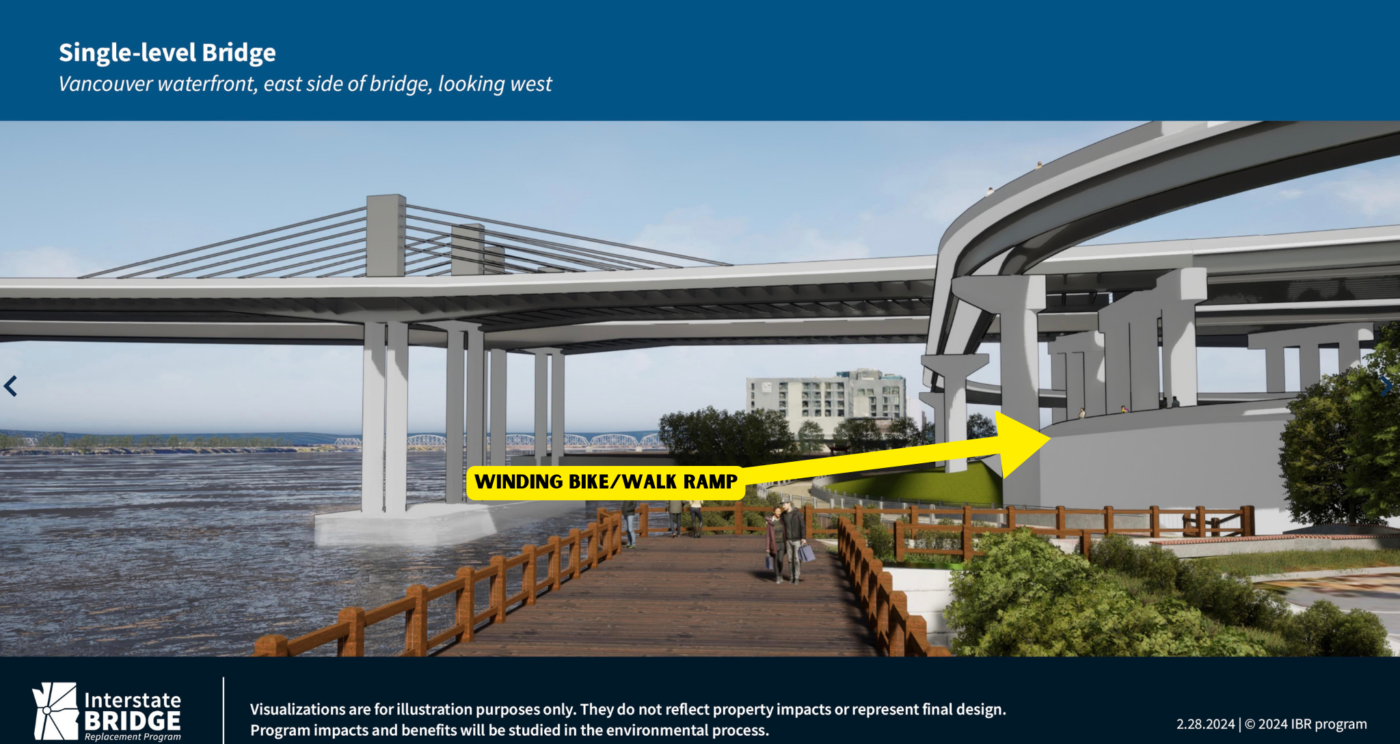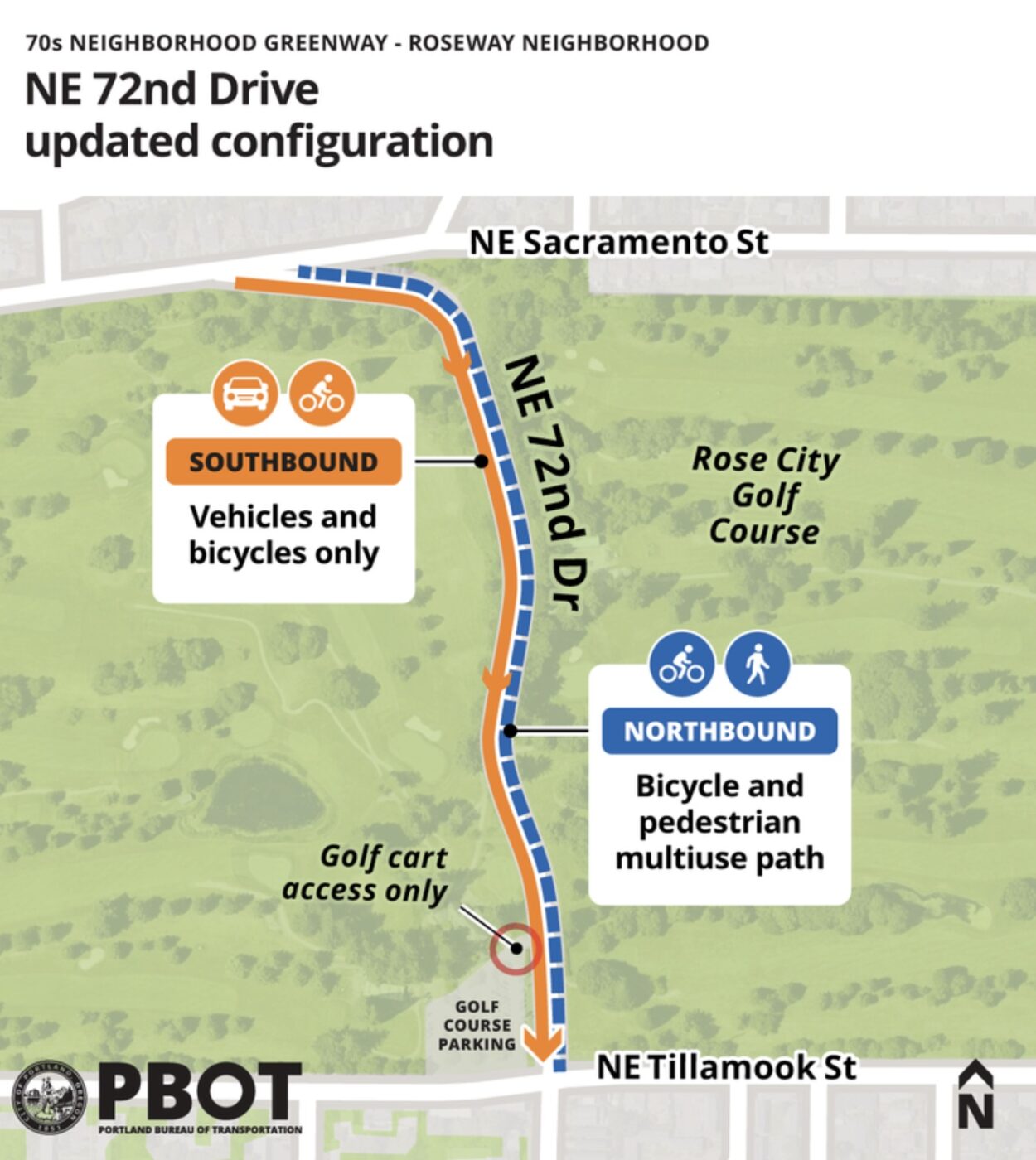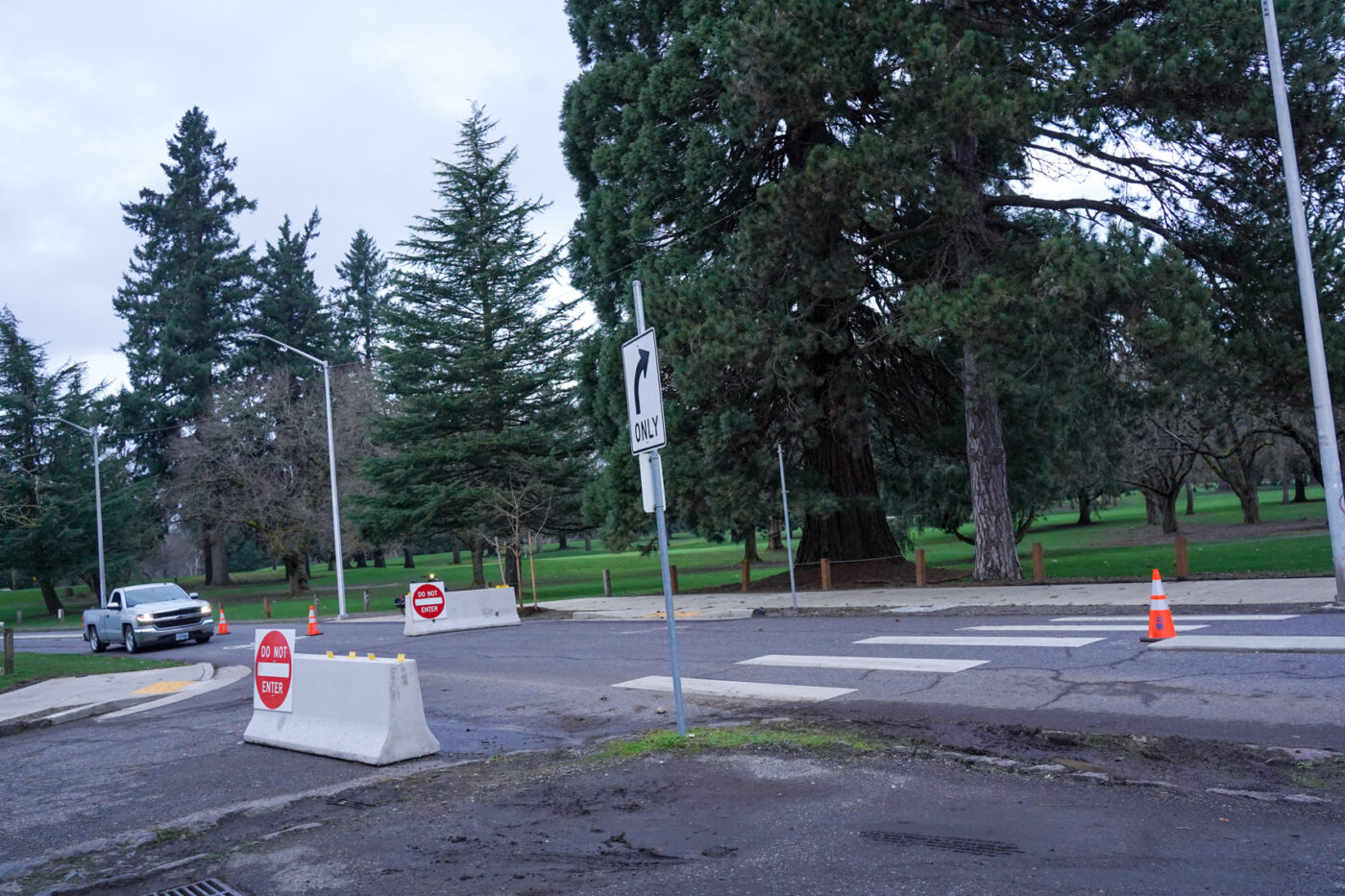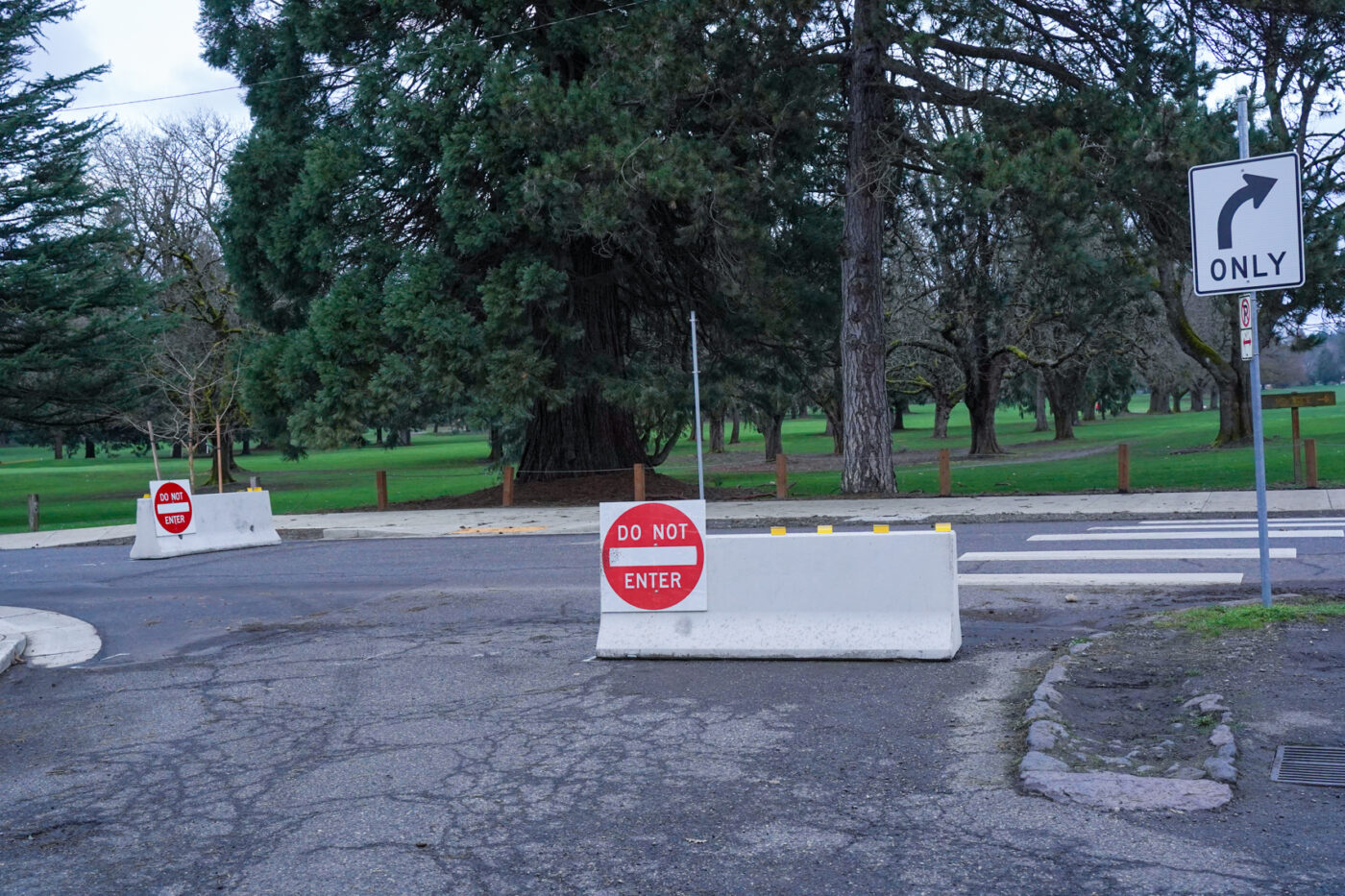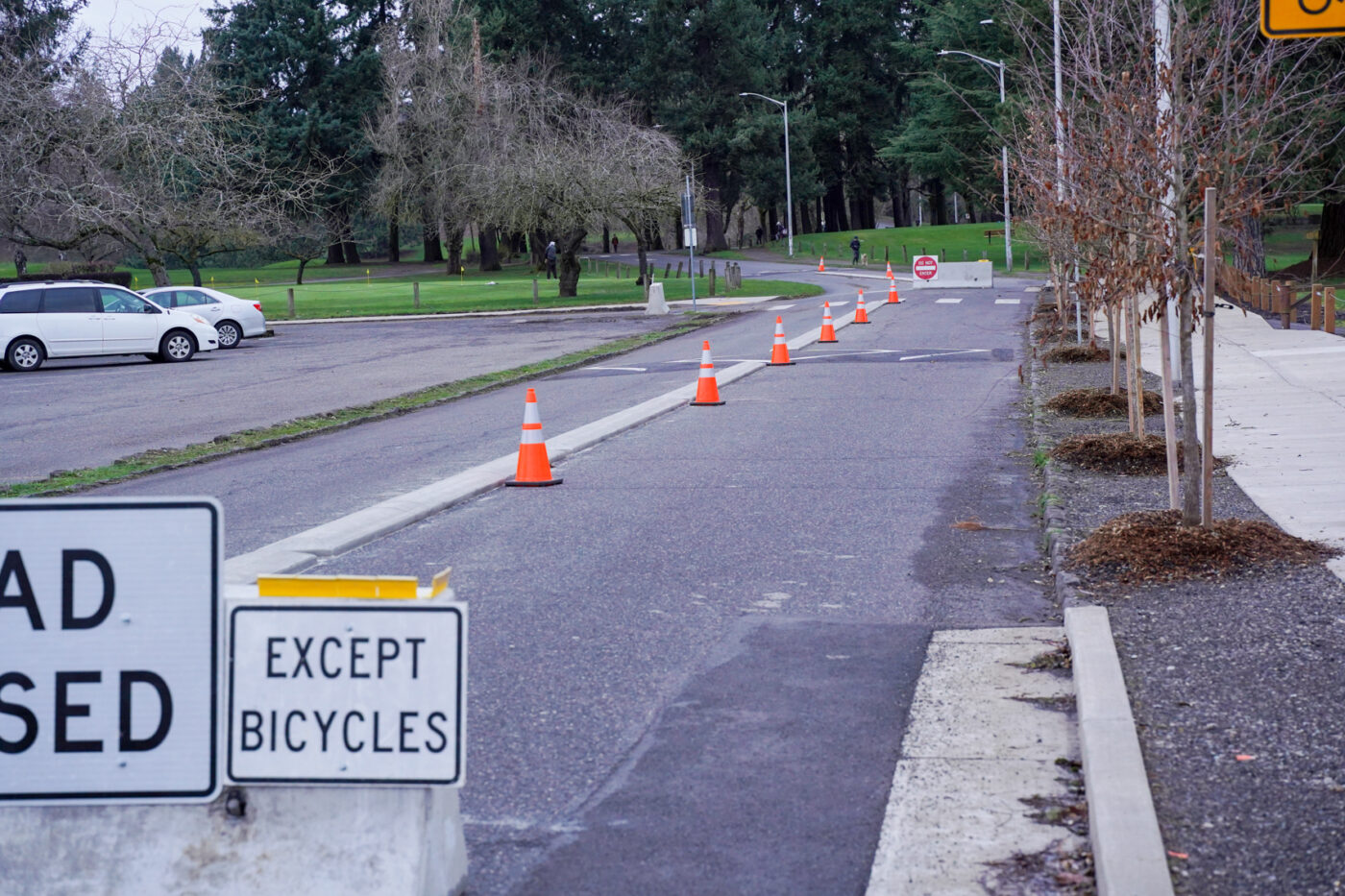Last week Jonathan texted me that he “would really love to see more women using our comments section.”
Little did he know that men and women communicating is something I, for decades, have spent a lot of time thinking about. It probably started with that 1981 Gloria Steinem piece, Men and Women Talking, and continued with the excellent 1990 book by linguist Deborah Tannen, You Just Don’t Understand: Women and Men in Conversation.
It’s a fascinating topic to me. The wrinkle of internet message boards is that most people comment anonymously, so you don’t know their sex. The structure of a Zoom call changes things too, profoundly, especially in terms of interruption.
My short answer to Jonathan was that more women than he thinks do already comment to BikePortland. Women, like men, can and do pick anonymous, gender-neutral user names. The deeper question for me is, why do we assume that everyone is a man?
And I mean the “we.” Just a couple days ago, an occasional commenter posted on one of our stories. “Oh good, so-and-so posted, I like his comments,” thought I. Meanwhile, I had also just received an email from this person in my home email account—nothing to do with BikePortland. I know this person, she is a woman! But it took me a day before I realized the woman in my email box was the same person in the BikePortland comments, despite the fact that her gender-neutral username was practically the same.



